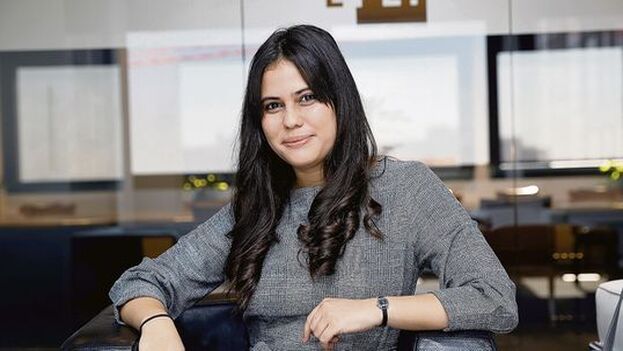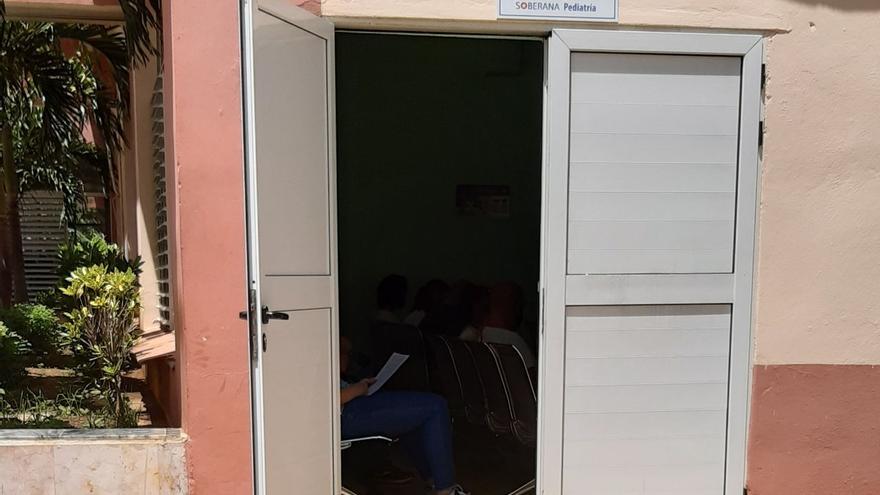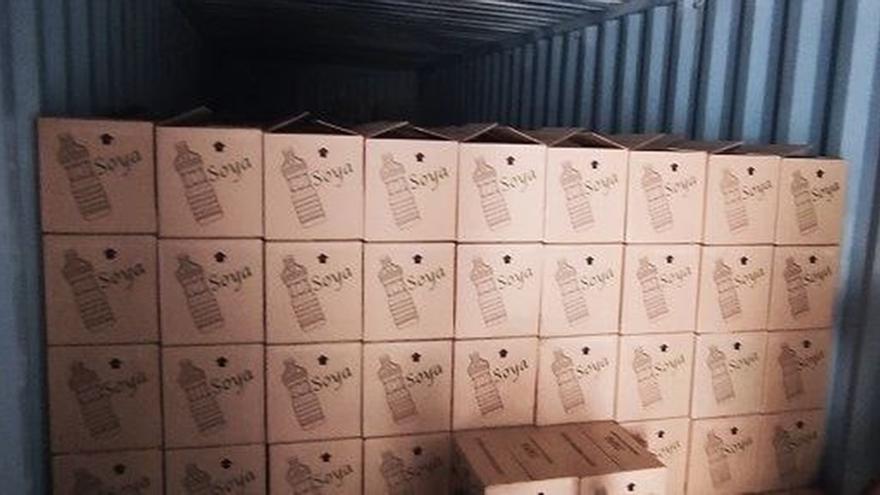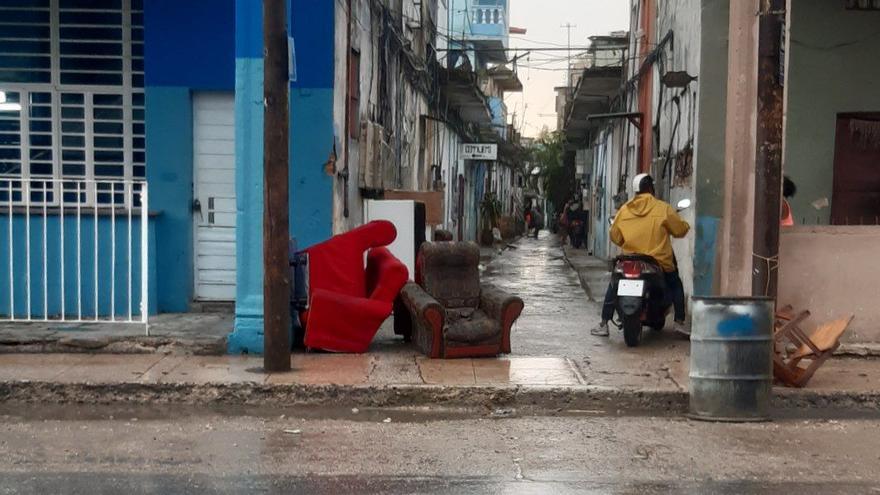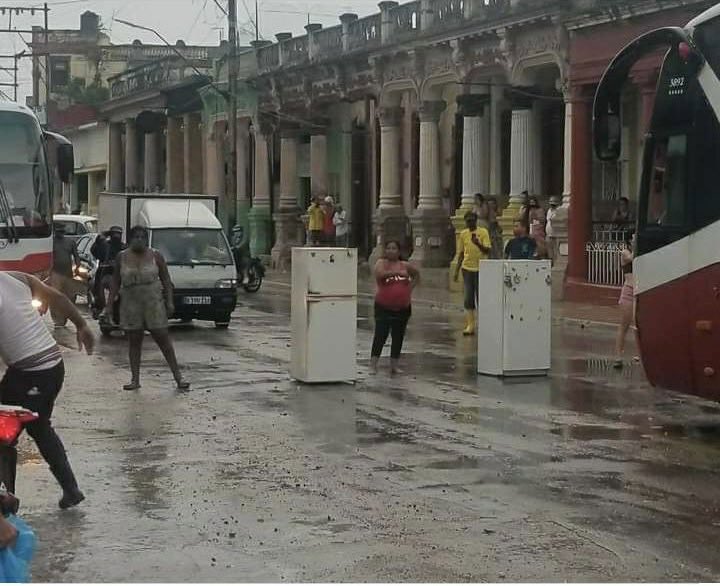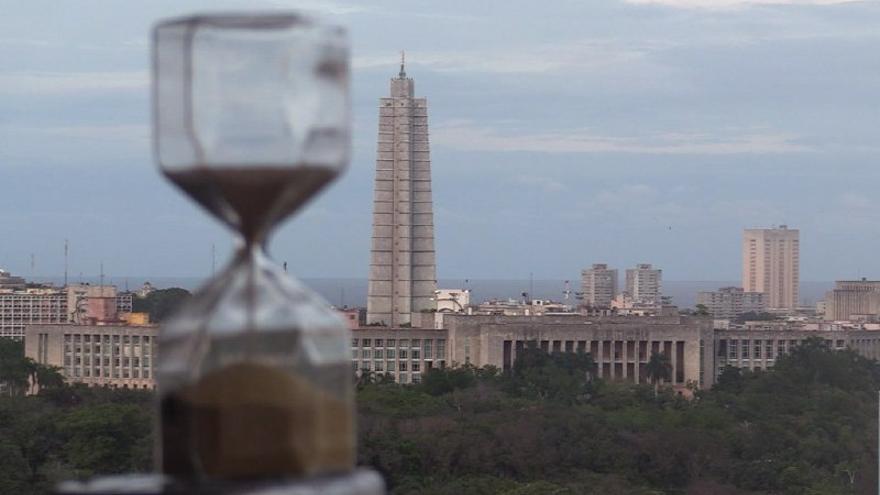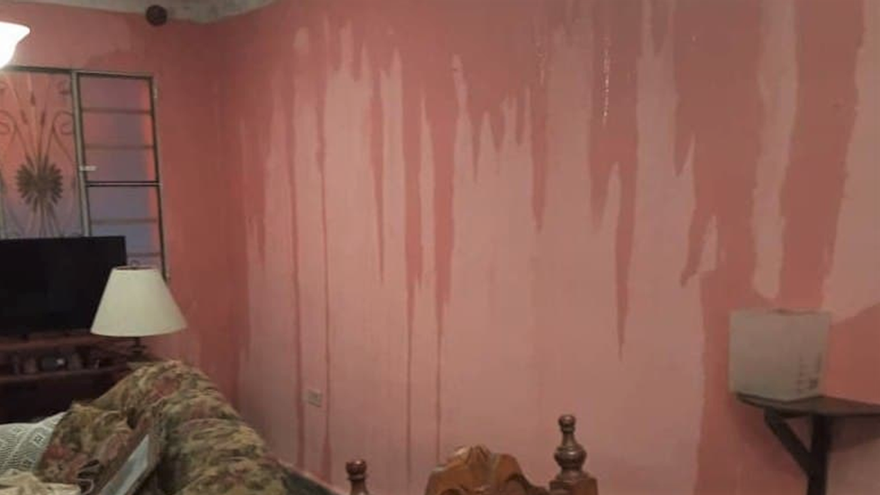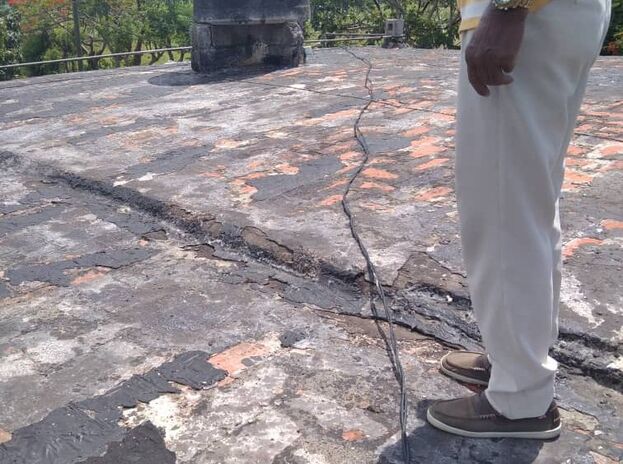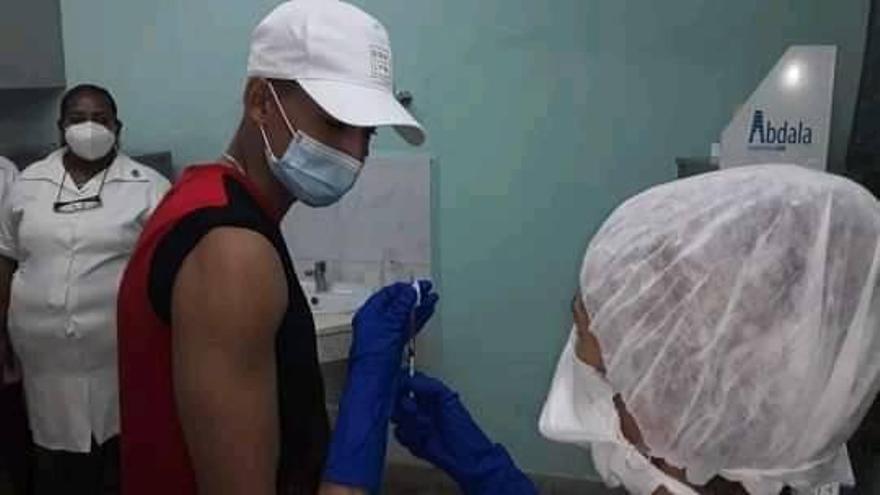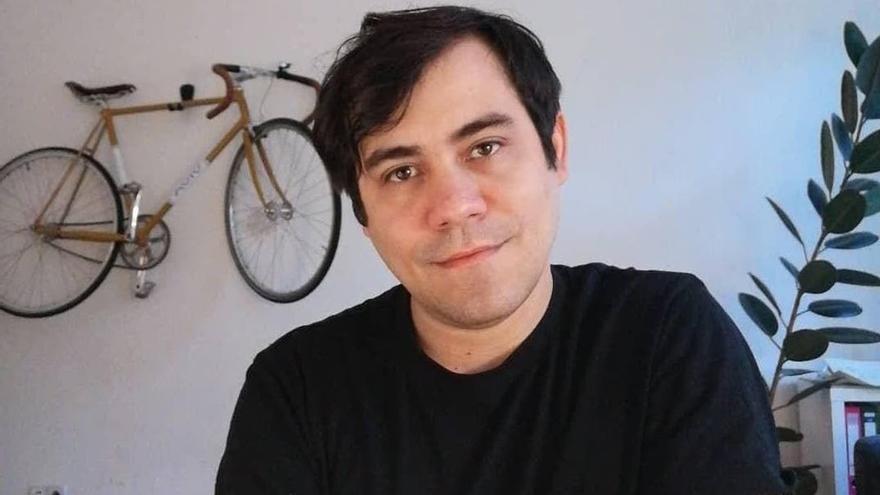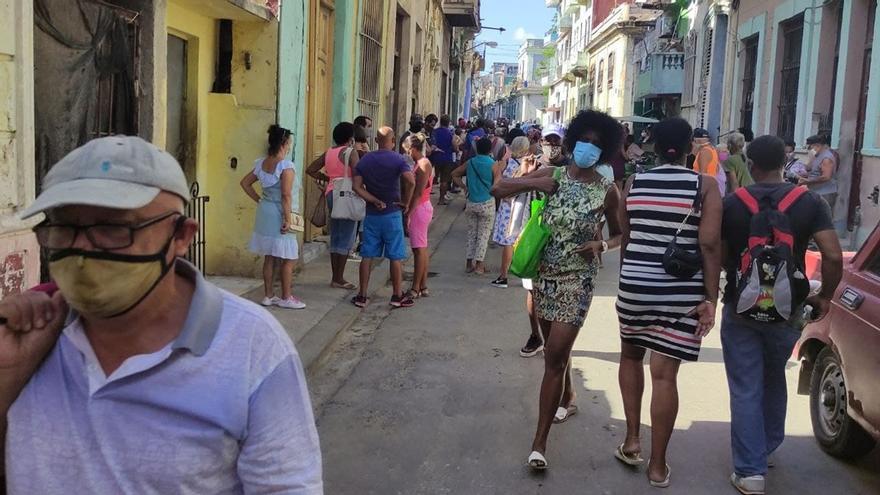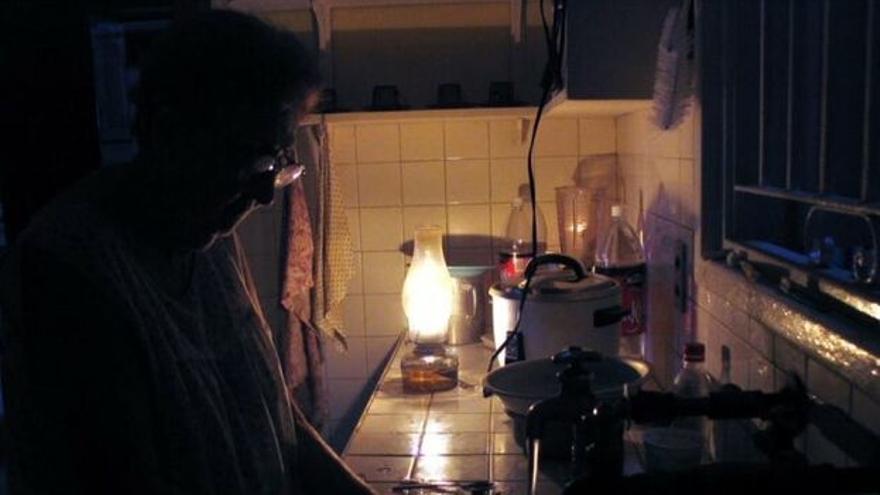
![]() 14ymedio, Luz Escobar, Havana, 23 June 2021 — A group of Cubans demonstrated this Wednesday in front of the United Nations headquarters in New York to demand freedom for political prisoners, while the General Assembly prepared to vote on the annual resolution against the United States embargo on the Island. It received the support of 184 countries, the US and Israel voted against it and there were three abstentions: Colombia, Ukraine and United Arab Emirates.
14ymedio, Luz Escobar, Havana, 23 June 2021 — A group of Cubans demonstrated this Wednesday in front of the United Nations headquarters in New York to demand freedom for political prisoners, while the General Assembly prepared to vote on the annual resolution against the United States embargo on the Island. It received the support of 184 countries, the US and Israel voted against it and there were three abstentions: Colombia, Ukraine and United Arab Emirates.
The protest that took place near the UN building was attended by, among others, journalist Carlos Manuel Álvarez, professor Omara Ruíz Urquiola and artists Luis Eligio D Omni, Javier Caso and Kizzy Macías. “We are demanding that all political prisoners be released, that human rights and civic freedom be recognized. These are requirements to achieve a democratic country and to represent all Cubans, wherever they are,” said Cuban Tomás Castellanos during a live broadcast that the magazine El Estornudo aired from that location.
“We have decided today to give visibility to all Cubans who have expressed, in one way or another, their way of thinking that differs of course from the dictatorial Government line and who have paid the consequences for it,” he added. continue reading
The writer Carlos Manuel Álvarez used a reproduction of the Garotte Vil that artist Luis Manuel Otero Alcántara used to handcuff himself, in solidarity with the leader of the San Isidro Movement. Later, several of the protesters also approached the seat, where they were immobilized by the neck while their hands were handcuffed behind their back.
“The way in which we are here, projecting ourselves towards New York City, is neither gratuitous nor exaggerated,” said the writer in another of the broadcasts. “This is the faithful representation of how people live in Cuba. Cubans live with their hands tied and with a kind of club around their neck and subjugated by a regime that does not respect civil or individual rights.”
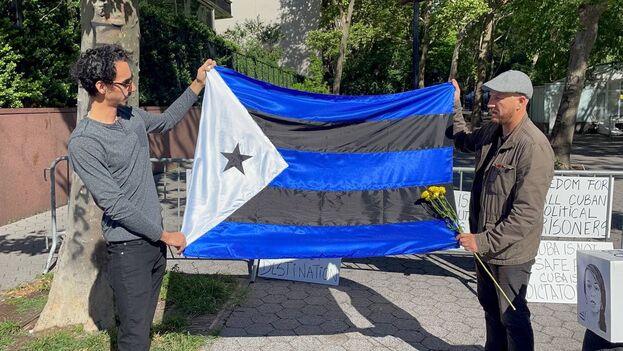
Other participants covered their heads with a paper box with the images of political prisoners such as Maykel Castillo Osorbo, Yuisán Cancio Vera, Luis Ángel Cuba Alfonso, Thais Mailén Franco Benítez, Esteban Lázaro Rodríguez López, Inti Soto Romero, Yeilis Torres Cruz and Adrián Coroneaux Stevens.
In the demonstration, participants waved Cuban flags and a unique version of the national pennant in blue, black and white, the work of Cuban artist Julio Llópiz-Casal and entitled Cuban flag for the spilled milk.
“The three blue stripes represent the three skies that protect the three Cuban social classes that we Cubans know very well: sky of the rich, sky of the poor and sky of the untouchables (rich or poor),” the artist explains in a manifesto that accompanies the piece. “The two black stripes represent the impurity of national ideals when they are sullied, manipulated, frustrated or contaminated with mediocrity, selfishness and lack of love towards Cuba. The lonely brown star represents the false sovereignty of the country when its destiny is determined by external interests and those of a handful of Cubans, “to which he adds that the white triangle” represents spilled milk: the mistakes made by Cubans in the name of their freedom, whether it was due to naivety or pride, resignation or fear.”.And he concludes: “Cuba is a state of mind. We are going to give Cuba a reason to feel good.”
Speaking to 14ymedio, the artist, who lives in Cuba, said that “we Cubans, who feel that the Island lives under an autocracy which sacrifices and violates the most elementary rights in the name of conserving its place in power, we don’t have much more than to perform symbolic gestures. A peaceful demonstration in the streets of Cuba and this protest at the UN headquarters are just that.”
While this was happening in New York, several artists woke up in Havana under State Security surveillance. Tania Bruguera, Carolina Barrero, Katherine Bisquet and Camila Lobón reported early in the morning that police officers were guarding their homes to prevent them from going out.
At the end of the protest, the participants moved in front of the Cuban Mission to the UN, where they stayed for several minutes and from a truck with three screens, they transmitted images of the repression in Cuba while shouting “freedom,” “homeland and life,” “down with the dictatorship,” among other slogans against the Government. Then they went out in a caravan throughout the city” so that everyone could get the message that there is a dictatorship in Cuba,” artist Douglas Arguelles Cruz explained in a live broadcast.
Translated by Norma Whiting
____________
COLLABORATE WITH OUR WORK: The 14ymedio team is committed to practicing serious journalism that reflects Cuba’s reality in all its depth. Thank you for joining us on this long journey. We invite you to continue supporting us by becoming a member of 14ymedio now. Together we can continue transforming journalism in Cuba.


